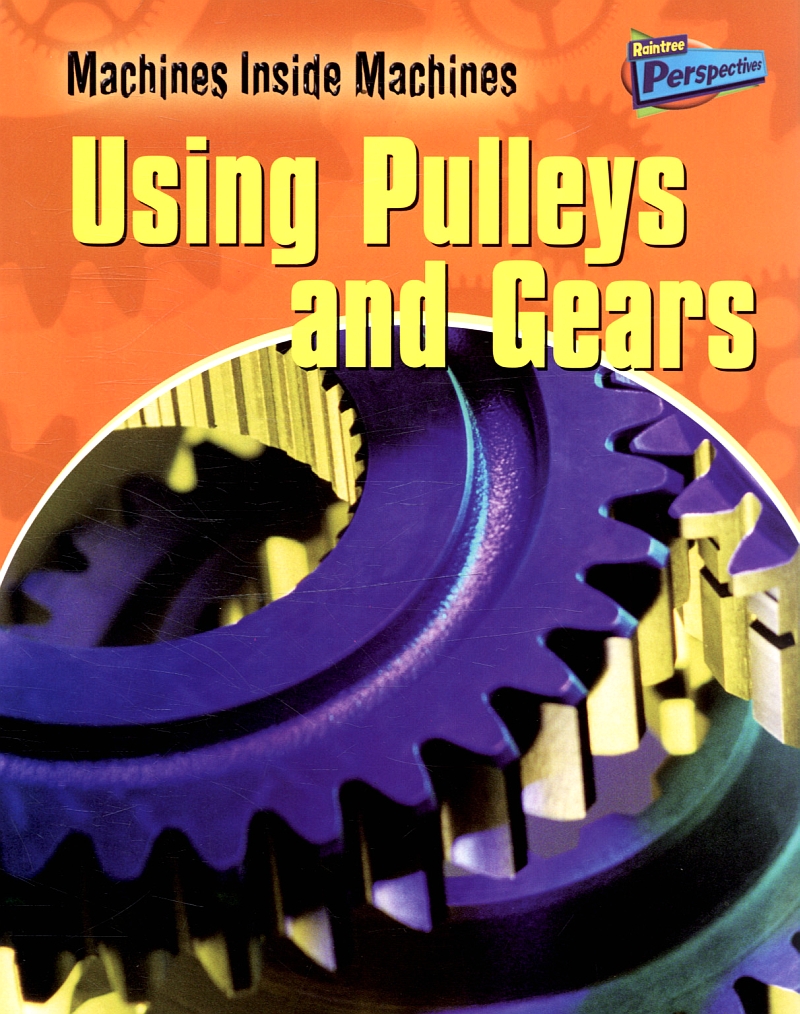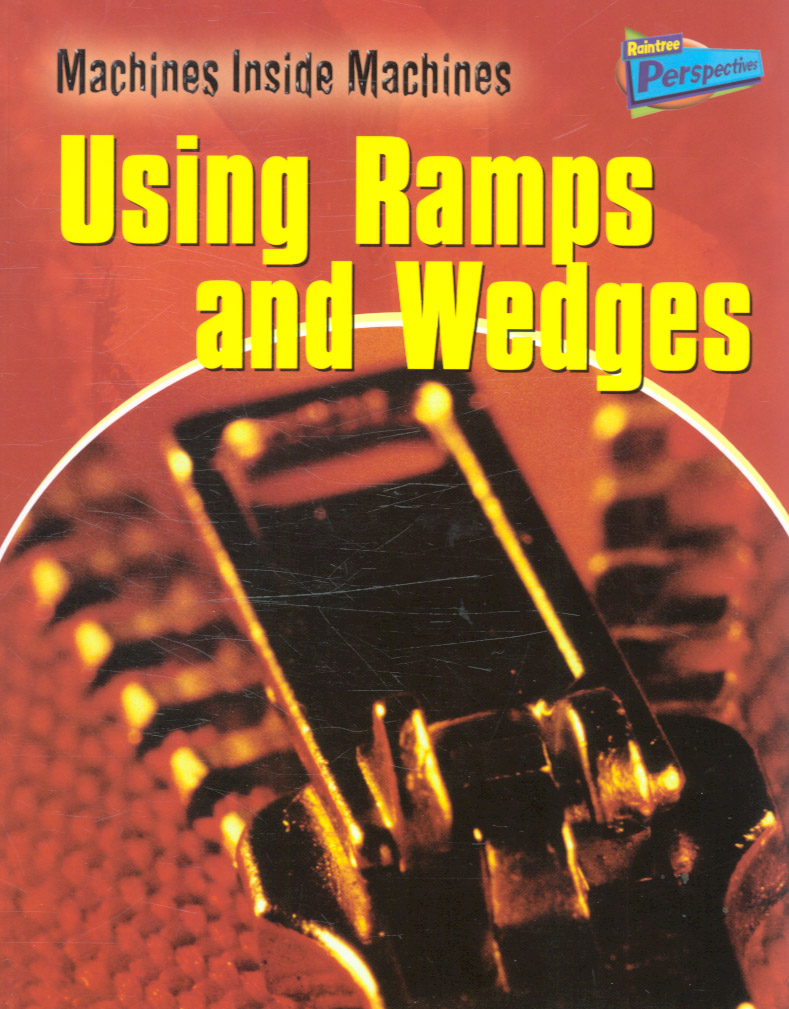Resources
This item is one of over 25,000 physical resources available from the Resources Collection. The Archive Collection covers over 50 years of curriculum development in the STEM subjects. The Contemporary Collection includes all the latest publications from UK educational publishers.
Using Percentages to Increase Quantities N7
In this resource from the DfE Standards Unit, students make links between percentages, decimals and fractions, represent percentage increase and decrease as multiplication and recognise the inverse relationship between increases and decreases. Most students will have met these concepts before, however, many will...
Using plastics in the body
This Catalyst article looks at how scientists are learning to use polymers for many medical applications, including implants, bone repairs and reduction in infections.
...Using Positional Vocabulary
Published by LSIS, this mini mathematics module can be used a short activity in the classroom to introduce the vocabulary needed to describe an object's position. This can lead into a discussion on positions and co-ordinates.
Using positive and negative numbers in context
This lesson develops the concept of using directed numbers in the practical context of temperatures and temperature change. Particular attention is paid to the use of directed numbers on number lines to explore the structures:
- Starting temperature + Change in temperature = Final temperature
- ...
Using Probability Computer Games S3
In this resource from the DfE Standards Unit, students confront and overcome common misconceptions about probability, count equally likely outcomes using diagrams, discuss relationships between theoretical probabilities, observed outcomes and sample sizes and calculate probabilities of dependent and independent...
Using proportional reasoning
This lesson develops the concept of classifying relationships between two quantities. In particular, students will:
- Describe a ratio relationship between two quantities
- Compare ratios expressed in different ways
- Use proportional reasoning to solve a real-world problem
An...

Machines Inside Machines includes: Close-up photographs with arrows and labels to help explain how simple machines work, Exciting activities to try out at home or at school, Information about the features of machines...

Incredible inventions are based on the most basic principles, and yet the machines featured in this series can extend to extraordinary levels of complexity. Developed to help pupils understand these simple machines,...
Using Rcos(x + α) to Find the Maximum and Minimum Values of a Function and to Solve a Trigonometric Equation
The mathematical solution initially explains how to find the maximum and minimum values of f(x) = 5sin x + 2cos x and how to find, in radians to 2 decimal places, the smallest positive values of x at which they occur. f(x) is written in the form Rcos(x + α). Explanation is then given as to how the maximum and...
